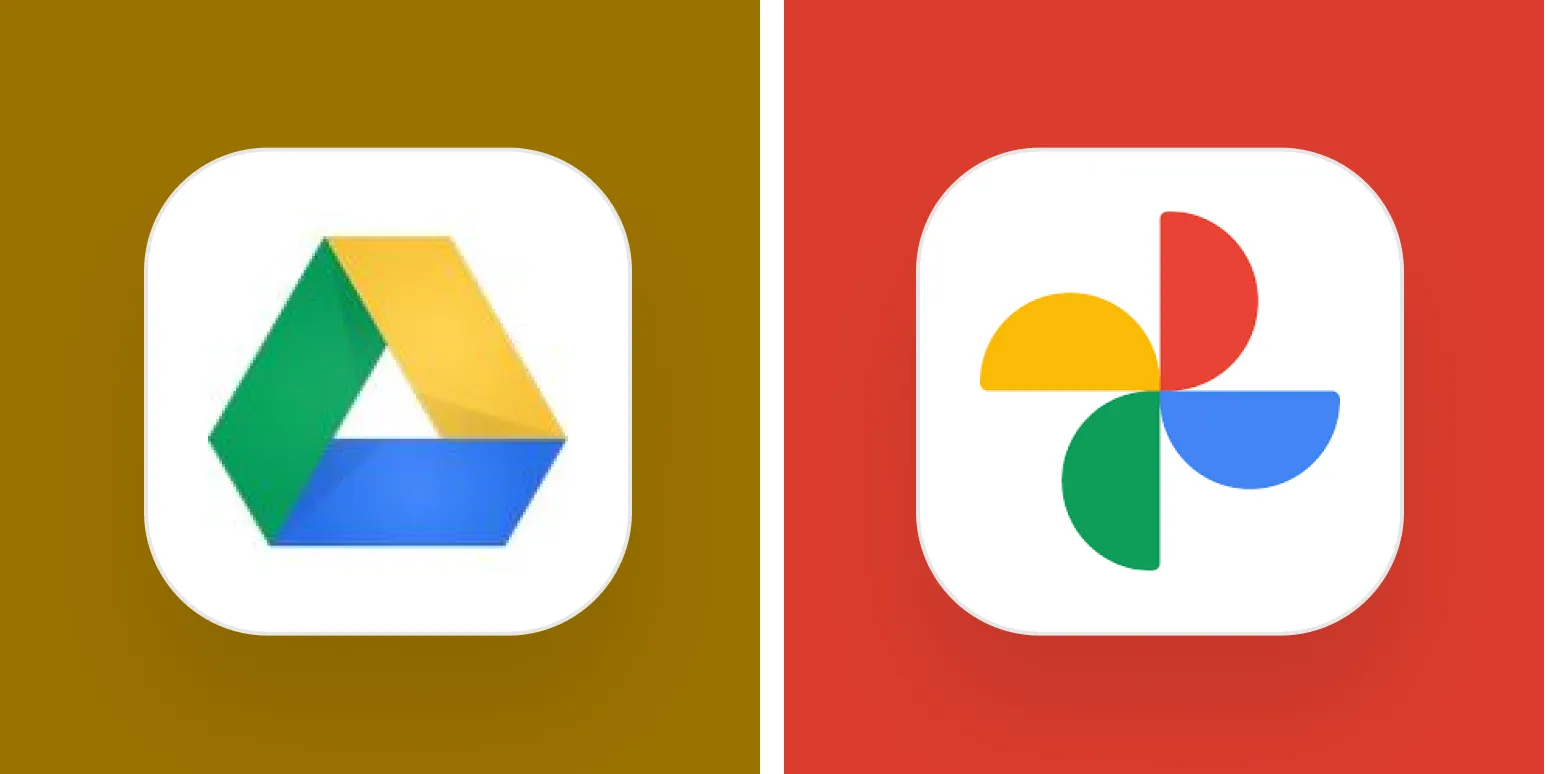Overview of SendGrid and Mailchimp
When it comes to email marketing, choosing the right tool can significantly impact your campaign's success. SendGrid and Mailchimp are two of the most popular platforms available, each offering unique features tailored to different types of users. In this comparison, we’ll explore the strengths and weaknesses of both tools to help you determine which one is best for your needs in 2025.
Key Features Comparison
Both SendGrid and Mailchimp come with a variety of features designed to enhance your email marketing efforts. Below is a comparative chart that highlights their key functionalities:
| Feature | SendGrid | Mailchimp |
|---|---|---|
| Email Templates | Basic templates, customizable via HTML | Extensive library of drag-and-drop templates |
| Automation | Advanced automation for transactional emails | Comprehensive marketing automation workflows |
| Analytics | Detailed email performance analytics | Robust analytics with social media integration |
| API Integration | Strong API support for developers | API available but less developer-focused |
| Pricing | Pay-as-you-go, competitive for high volume | Free tier available, tiered pricing based on features |
User Interface and Usability
User experience is crucial when selecting an email marketing tool. SendGrid tends to have a more technical interface, which may be ideal for developers and businesses focused on transactional emails. Its dashboard provides essential metrics but can feel overwhelming for less tech-savvy users.
On the other hand, Mailchimp shines with its intuitive and user-friendly design. The drag-and-drop editor allows users to create visually appealing emails without any coding knowledge, making it a popular choice for small to medium-sized businesses looking for simplicity.
Pricing Structure
Cost is often a deciding factor when choosing between email marketing tools. Here’s a breakdown of the pricing structures for both platforms:
| Plan | SendGrid | Mailchimp |
|---|---|---|
| Free | None | Up to 500 subscribers, limited features |
| Basic | $14.95/month for 1,000 emails | $11/month for 500 subscribers |
| Pro | $89/month for up to 100,000 emails | $299/month for advanced features |
In terms of pricing, Mailchimp offers a more accessible entry point for beginners, while SendGrid can be more cost-effective for businesses with higher email volumes due to its pay-as-you-go model.
Deliverability and Support
Deliverability is a critical aspect of email marketing. SendGrid has built a reputation for high deliverability rates, especially for transactional emails. Its infrastructure is designed to ensure that messages reach the inbox rather than the spam folder.
Mailchimp, while also reliable, has faced some criticism regarding deliverability in the past, particularly for bulk campaigns. However, it provides users with tools to improve engagement rates, which can positively impact deliverability.
In terms of customer support, both platforms offer extensive resources, including documentation and community forums. SendGrid provides 24/7 support for paid plans, while Mailchimp offers email support for all users, with live chat available for higher-tier plans.
Best Use Cases
Choosing the right tool often depends on your specific needs:
- SendGrid is ideal for businesses that prioritize transactional emails, have a technical background, or require advanced API functionalities.
- Mailchimp is better suited for small to medium-sized businesses looking for an all-in-one marketing solution with easy-to-use design tools and a focus on customer engagement.
Conclusion
Ultimately, the choice between SendGrid and Mailchimp will depend on your business's unique requirements. If you're focused on high-volume transactional emails and require robust API capabilities, SendGrid may be the better option. Conversely, if you value an intuitive interface, marketing automation, and comprehensive analytics, Mailchimp could be the right fit for you.
Evaluate your needs carefully and consider your budget, as both platforms offer different pricing structures suited to various business sizes. Whichever tool you choose, both SendGrid and Mailchimp are excellent options for enhancing your email marketing strategy in 2025.





